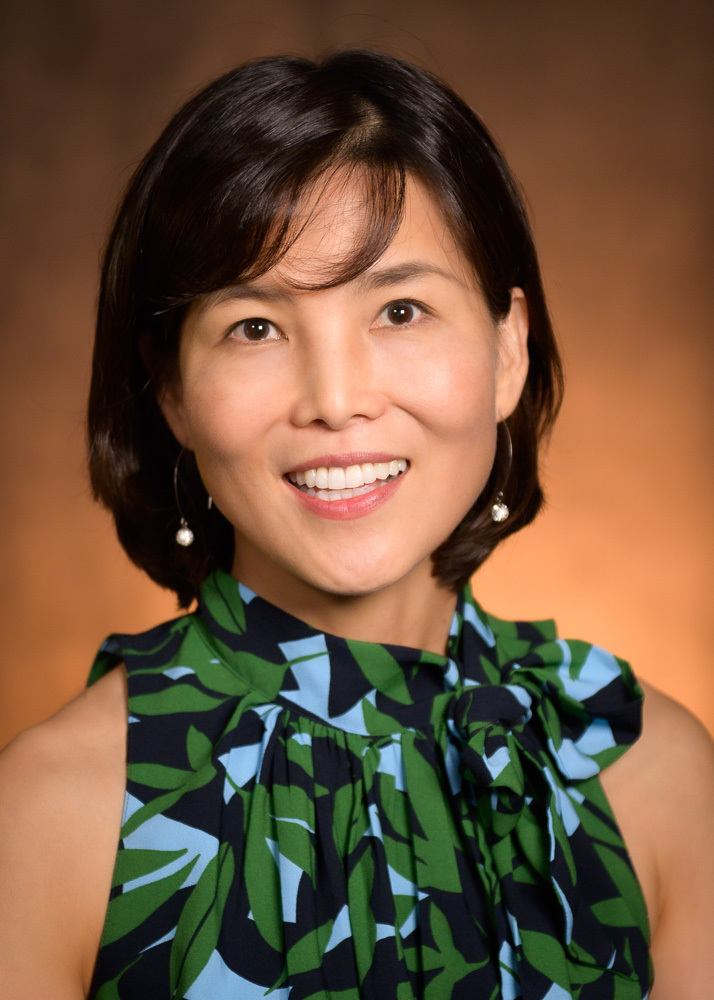CSC professor’s math education research published

CHADRON – A passion for teaching and the desire to help people understand and use mathematics has led Chadron State College Assistant Professor Dr. Jung Colen to pursue research into strategies and skills that elementary school teachers can use to build proficiency in a subject that often confounds students and their parents.
In a paper just published in the Journal of the Korean Society of Mathematical Education, Colen and four co-authors analyze the methods a veteran teacher used to teach multiplication to third grade students in Korea.
Research for the paper involved watching hours of video of the teacher and his 24 students engaged in three months of lessons. The researchers’ focus on students’ understanding of basic concepts, problem solving, abstract reasoning, and mathematical modeling led them to conclude that teaching methods and students’ math proficiency are closely related. The results “imply the effects of a teacher’s teaching on students’ mathematical expertise,” the paper concluded.
Colen, a math teacher for more than a decade in South Korea and the U.S., completed her bachelor’s in educational technology in South Korea before earning masters and doctorate degrees in math education in Pennsylvania.
“Teaching has always been my life’s aspiration,” Colen said. “I became interested in mathematics education when seeing that many people hate mathematics.”
Math helps people think logically and critically, but primary school math teaching may contribute to the common dislike of the subject, said Colen.
“Many of us did not experience conceptual understanding when we were in primary schools,” she said. “We were given a rule and forced to use it to solve a problem without knowing why the rule works.”
Studies of countries where students’ math achievements are high suggest the importance of teaching conceptual understanding in addition to rote skills, Colen said.
In their research, Colen and her co-authors analyzed a number of techniques used by the Korean teacher to introduce multiplication to his students. The methods include simplifying problems, making them relatable, and monitoring students’ progress in finding solutions. Students were encouraged to explain to the class how they approached a problem and to think critically about solutions proposed by others. The teacher would also restate and repeat the problem, press students to explain their reasoning, and promote class discussion of the concepts involved.
The methods used contrast greatly with the common practice of having students memorize multiplication tables. While memorizing the tables has some benefits, Colen said without knowing why it works, it is meaningless.
“I suggest my prospective teachers have students consider what multiplication means before they memorize the table. By physical and visual models, young students can understand better. After they have understanding they can easily memorize the times table.”
Colen said she understands the reaction of parents who find they cannot help their children with homework when math is taught in new and unfamiliar ways. But research shows that teaching standards, sometimes known as New Math or Common Core are effective and improve math proficiency, she said.
Although the paper’s research covered only a single class in Korea, Colen said the topic is relevant worldwide, and the practical teaching methods studied not only support the development of math proficiencies, but can also apply to other subjects.
Colen said she and the four other authors of the paper, two based at universities in Korea and two in the U.S., still meet regularly to work on other topics. Of particular interest to Colen is research that might show a more direct connection between a specific teaching practice and students’ math proficiency.
—George Ledbetter
Category: Campus News, Education, Employee Awards & Achievements
